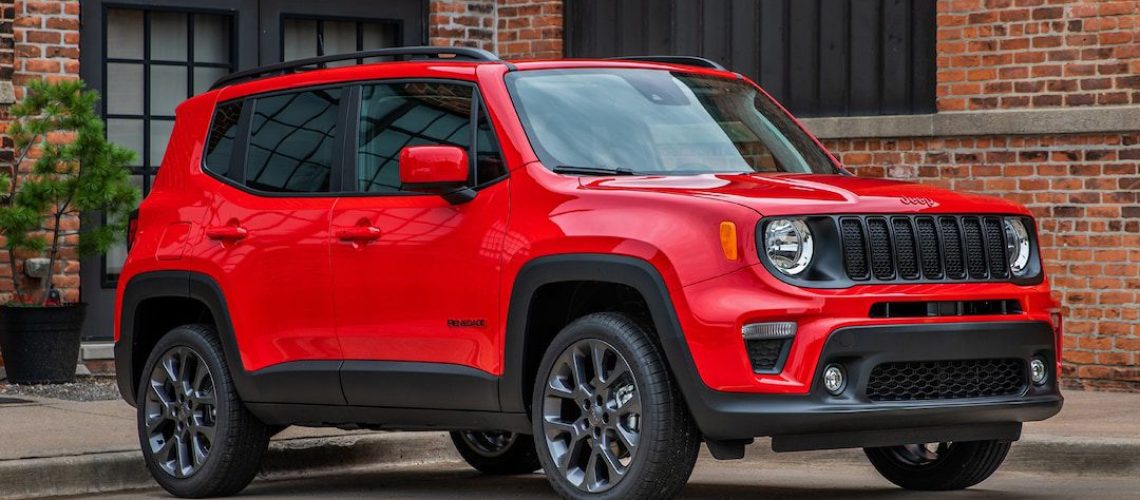With the rise of gig economy jobs like Uber, Lyft, DoorDash, and Instacart, more people are earning income as independent contractors. While these jobs offer flexibility and the potential for good earnings, they also come with tax responsibilities that every driver should understand.
1. You’re Considered an Independent Contractor
As a rideshare or delivery driver, you’re not an employee—you’re classified as an independent contractor. This means that taxes aren’t automatically deducted from your earnings. Instead, you’re responsible for tracking your income and paying taxes yourself.
2. You Must Pay Self-Employment Tax
Since you’re working for yourself, you must pay self-employment tax, which covers Social Security and Medicare. This tax is 15.3% of your net earnings, which is higher than what traditional employees pay because there’s no employer covering part of the cost.
3. Keep Track of Your Earnings
At the end of the year, the platforms you work for will issue a 1099 form instead of a W-2. You may receive:
- 1099-K (if you earned over a certain threshold through transactions)
- 1099-NEC (if you received direct payments)
Even if you don’t receive a 1099, you’re still required to report all earnings.
4. Deduct Your Expenses to Lower Your Tax Bill
One of the biggest benefits of being an independent contractor is that you can deduct business expenses to reduce your taxable income. Some common deductions include:
🚗 Mileage – The IRS allows a standard mileage deduction (check the latest rate) OR you can deduct actual vehicle expenses like gas, maintenance, and insurance.
📱 Phone & Data Plan – If you use your phone for work, a portion of your bill may be deductible.
🛠️ Car Maintenance & Repairs – Oil changes, tire replacements, and other necessary expenses for business use can be deducted.
🥤 Tolls & Parking Fees – Any costs incurred while working are deductible.
🛒 Hot Bags & Other Work Equipment – If you purchase items needed for deliveries, they may qualify as deductions.
5. Consider Making Quarterly Tax Payments
Since taxes aren’t withheld from your pay, you may be required to make estimated tax payments quarterly to the IRS. If you wait until tax season to pay, you could face penalties for underpayment.
6. Use an App or Software to Track Your Income & Expenses
Keeping detailed records is crucial for tax time. Consider using apps like Stride, Everlance, or QuickBooks Self-Employed to track your mileage and expenses automatically.
7. File Your Taxes Correctly
When tax season arrives, use Schedule C (Profit or Loss from Business) to report your earnings and expenses. You’ll also need to file Schedule SE for self-employment tax. If taxes aren’t your thing, hiring a tax professional can help ensure you maximize deductions and avoid mistakes.
Final Thoughts
Taxes as a rideshare or delivery driver can be complex, but understanding your responsibilities can save you money and prevent headaches later. Keep track of your income, stay on top of deductions, and plan for tax payments throughout the year.
Do you drive for Uber, Lyft, DoorDash, or another platform? Share your tax tips and experiences in the comments below! 🚗💨💰


